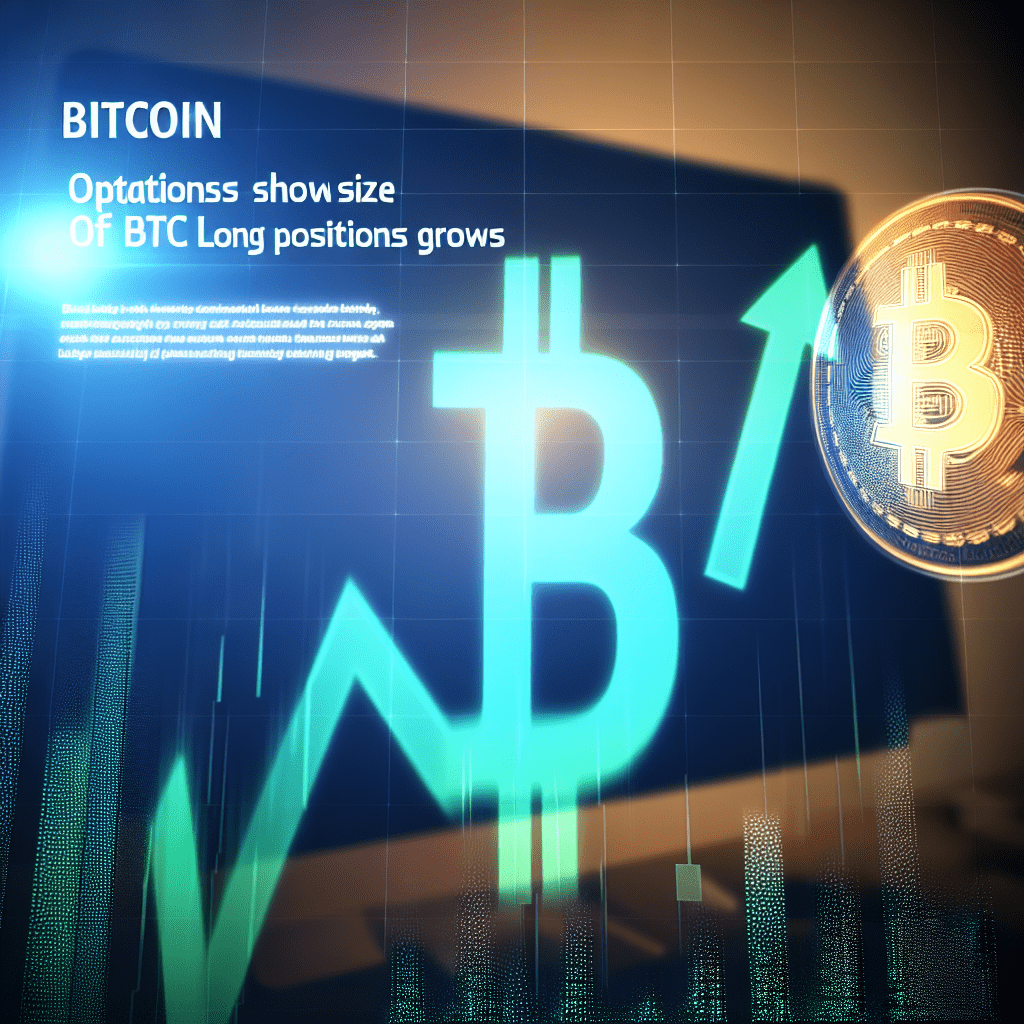Key takeaways:
The Bitcoin options delta skew has exceeded the 7% neutral threshold, indicating cautious sentiment among traders ahead of the US Fed decision.
The long-to-short ratio among top traders and the $292 million inflow into spot ETFs bolster optimism, despite mixed signals from BTC derivatives.
On Wednesday, Bitcoin (BTC) neared the $117,000 mark but couldn’t sustain its upward trend as traders considered the potential pricing in of a Federal Reserve interest rate cut. Market sentiment was further impacted by speculation surrounding new restrictions on AI microchip sales to China.
Are Bitcoin traders simply hedging ahead of the US Federal Reserve decision, or are they placing bearish bets aiming for $110,000 amid rising uncertainty concerning demand in the AI sector after Nvidia (NVDA) shares fell 2.6% on Wednesday?
The Bitcoin options delta skew rose above the 7% neutral threshold on Wednesday, signifying that put (sell) options are trading at a premium in comparison to call (buy) options. Although not extreme, this shift is often witnessed in bearish markets, contrasting with the neutral 5% level seen earlier in the week.
According to the Financial Times, China’s internet regulator has restricted companies from purchasing certain Nvidia microchips. Nvidia’s CEO, Jensen Huang, stated in reaction: “I’m disappointed with what I see, but they have larger agendas to work out, you know, between China and the United States, and I’m understanding of that, and we’re patient about it.”
Bitcoin traders prepare for Fed rate decision
To assess whether the increased Bitcoin options skew corresponds with heightened trading activity, it is crucial to analyze the premiums paid by market participants. Periods of panic often feature a swift rise in the put-to-call premium, reflecting traders’ aggressive strategies to hedge their positions.
The current BTC options put-to-call ratio at Deribit is 71%, indicating a limited appetite for neutral-to-bearish positioning among traders. Ratios exceeding 180% suggest extreme fear, a condition last seen on April 8 when Bitcoin’s price fell below $75,000 for the first time in five months.
This data contradicts the idea of a catastrophic scenario or excessive caution due to uncertainty in the artificial intelligence sector and rising global trade tensions. Overall, the sentiment among Bitcoin traders appears to be driven more by the anticipation of US Fed Chair Jerome Powell’s statements following the interest rate decision than by panic or overreaction in the market.
Related: Bitcoin whale awakens after 12 years, transfers 1,000 BTC before US Fed meeting
Top traders optimistic as spot ETF inflows bolster Bitcoin outlook
The long-to-short ratio among top exchanges’ traders serves as a broader indicator of market sentiment, encompassing futures, margin, and spot markets.
On Wednesday, the long (bullish) positions of top traders at Binance and OKX increased compared to the prior day, signaling positive sentiment for Bitcoin despite mixed messages from BTC options markets. Consequently, whales and market makers expected price increases but were caught off guard when Bitcoin dipped to $115,540.
The $292 million net inflow into Bitcoin spot exchange-traded funds (ETFs) on Tuesday likely contributed to trader optimism, bolstering expectations for prices of $120,000 and beyond. However, the final outcome will depend on the likelihood of a more lenient US monetary policy and further reduction in US-China import tariff disputes.
This article is for general information purposes only and should not be construed as legal or investment advice. The opinions expressed here belong solely to the author and do not necessarily represent the views of Cointelegraph.

